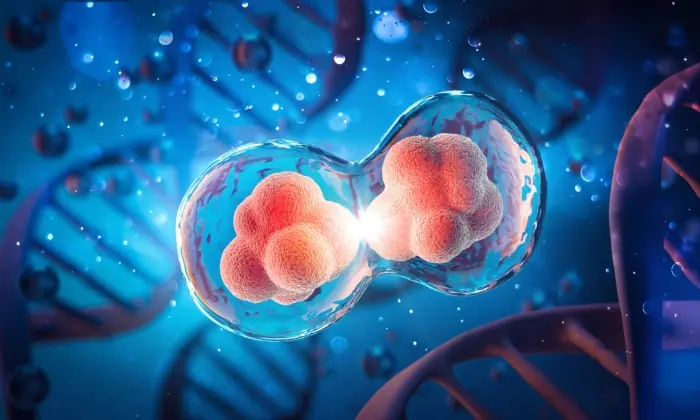
5 Signs in Your Legs Often Overlooked That Could Indicate Serious Health Issues – See a Doctor Immediately
Our legs are essential parts of our bodies, carrying us through daily tasks and physical activities. However, they are often neglected when it comes to health checks. Most of us take our legs for granted until something goes wrong. Certain signs and symptoms in the legs, which many people tend to overlook, could actually indicate serious underlying health problems. Recognizing these symptoms early and seeking timely medical attention can make a significant difference in preventing severe health issues. In this article, we will explore five critical signs in your legs that you should never ignore, as they may be warning signs of dangerous conditions.
1. Swelling in One Leg
Swelling in one leg, also known as unilateral leg swelling, can be a warning sign of deep vein thrombosis (DVT). DVT occurs when a blood clot forms in a deep vein, typically in the lower leg or thigh. This condition can be extremely dangerous as the blood clot could travel to the lungs, causing a pulmonary embolism. Along with swelling, the leg may feel warm, red, or tender. If you experience sudden, unexplained swelling in one leg, it's crucial to see a doctor immediately to rule out DVT or other serious conditions like lymphatic issues or infections.
2. Pain or Cramping in the Calf
Pain or cramping in the calf that is persistent or occurs during activity might indicate circulation problems, such as peripheral artery disease (PAD). PAD is a condition where the blood vessels in the legs become narrowed or blocked, reducing blood flow. As a result, your muscles may not get enough oxygen, causing pain or cramping, especially when walking or climbing stairs. If you experience this kind of pain that doesn’t go away with rest, it could be a sign of PAD or even atherosclerosis. It’s important to consult with a doctor to ensure proper diagnosis and treatment.
3. Numbness or Tingling Sensation
If you frequently experience numbness or tingling sensations in your legs, it could be a sign of nerve damage or poor circulation. Conditions such as diabetes, sciatica, or multiple sclerosis can affect the nerves in your legs. These sensations may feel like pins and needles, and in some cases, they can even lead to muscle weakness. Prolonged numbness or tingling should never be ignored, as it could indicate a more severe problem that requires medical attention. A visit to a neurologist or your primary care doctor is recommended for further evaluation.
4. Changes in Skin Color or Temperature
Changes in the color or temperature of your legs may indicate circulation problems or a vascular condition. For instance, a leg turning pale or blue could signal poor blood flow or oxygen supply, which can occur with conditions like arterial blockages or PAD. If your legs feel cold to the touch, it may suggest a lack of blood circulation or other issues. On the other hand, redness or warmth could indicate an infection or inflammation. Pay attention to any persistent changes in skin appearance or temperature in your legs, as they may be a red flag for a more serious underlying condition.
5. Open Sores or Non-Healing Wounds
If you notice open sores, ulcers, or wounds on your legs that do not heal, this could be a sign of several serious conditions, including diabetes, vascular disease, or even cancer. People with diabetes are particularly prone to developing non-healing wounds due to poor circulation and nerve damage. However, these sores could also be an indication of poor blood flow from PAD or other circulatory problems. If you have any wounds that seem to take longer than usual to heal, it's important to seek medical care immediately to prevent further complications.
Conclusion
While we often overlook symptoms in our legs, these five signs—swelling, pain, numbness, skin changes, and non-healing wounds—should not be ignored. They could indicate dangerous conditions that require prompt attention. Whether it’s a blood clot, poor circulation, nerve damage, or a vascular issue, early detection and treatment are crucial to prevent more severe consequences. If you experience any of these symptoms, it’s important to consult with a healthcare professional as soon as possible to ensure a proper diagnosis and treatment plan. Taking care of your legs now can help prevent major health problems in the future.
News in the same category

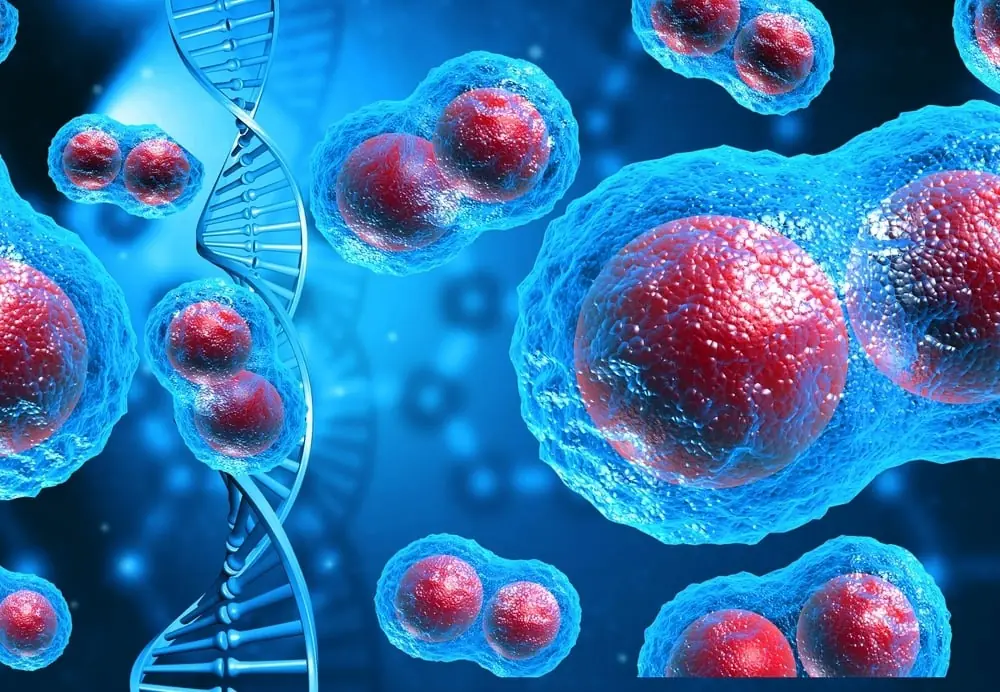
3 Morning Symptoms of People with Undiagnosed Cancer: Especially Number 1

When Nighttime Leg Cramps Become a Concern

3 Mole Locations That Could Lead to Skin Cancer: A Warning Not to Ignore

Hot Weather, But Still Gaining Weight? Doctors Warn About 3 Commonly Overlooked Causes
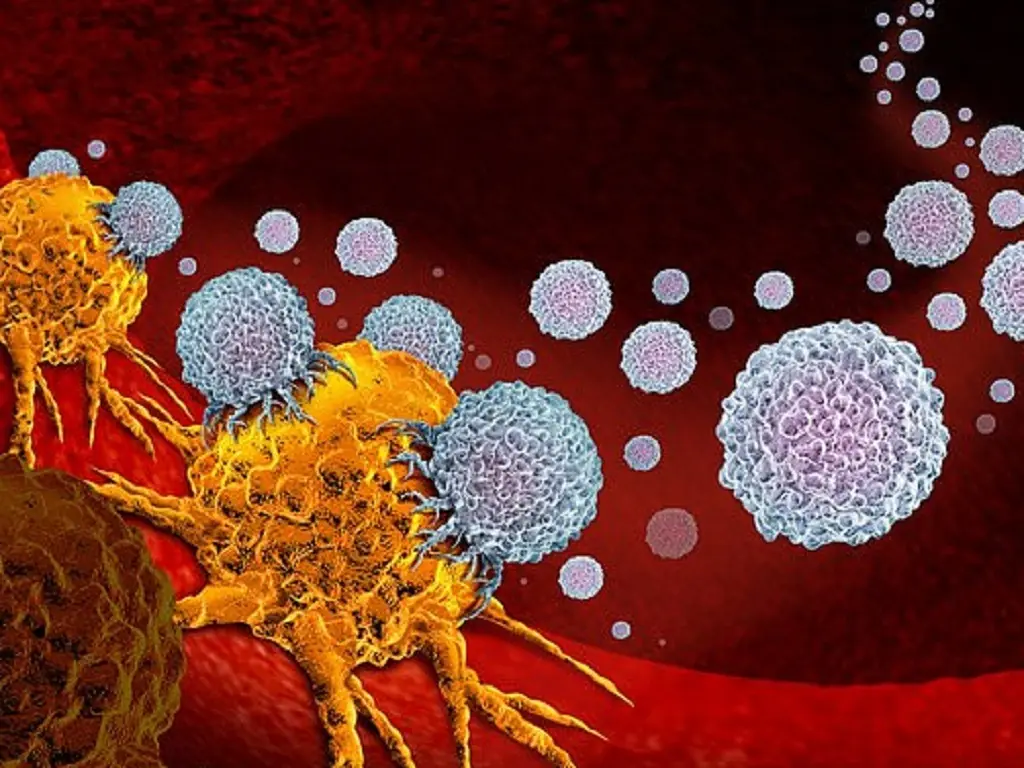
Liver Cancer Is Skyrocketing: Doctors Warn Against Eating These 4 Things Daily — The Wise Have Already Stopped
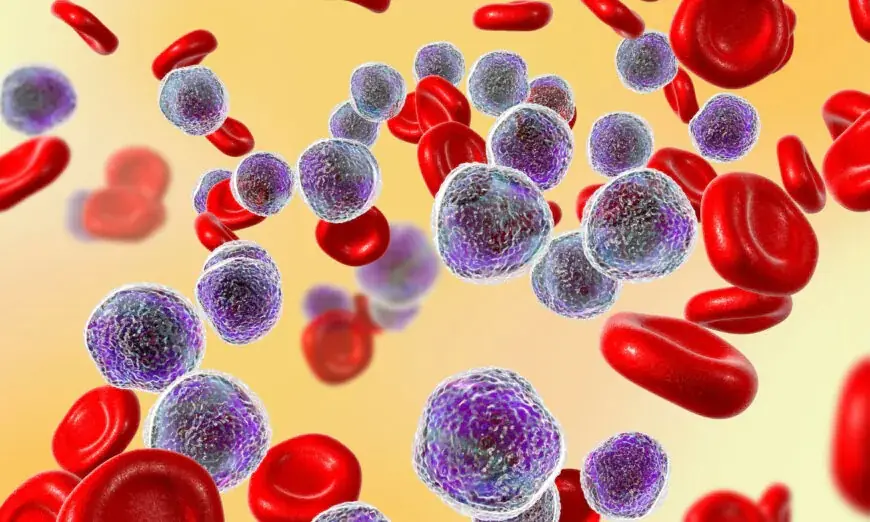
15 Years Cancer-Free: A Japanese Doctor Shares 5 Simple Secrets to Keep Malignant Cells from Returning
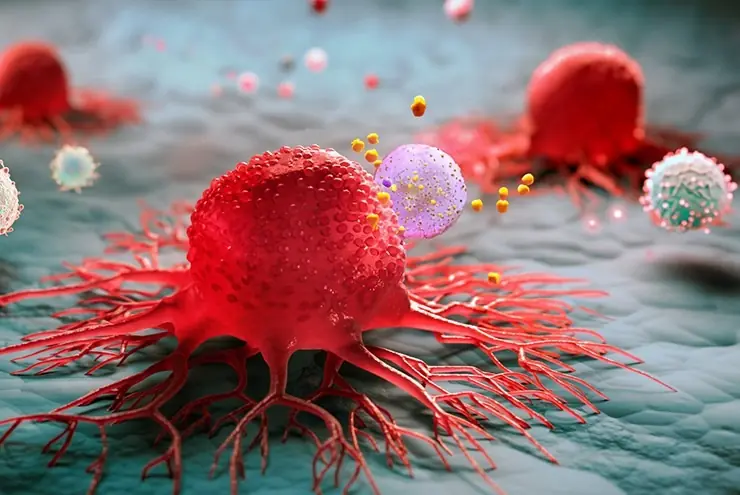
Warning Signs in Bowel Movements Indicating Possible Colorectal Cancer — When to See a Doctor Immediately
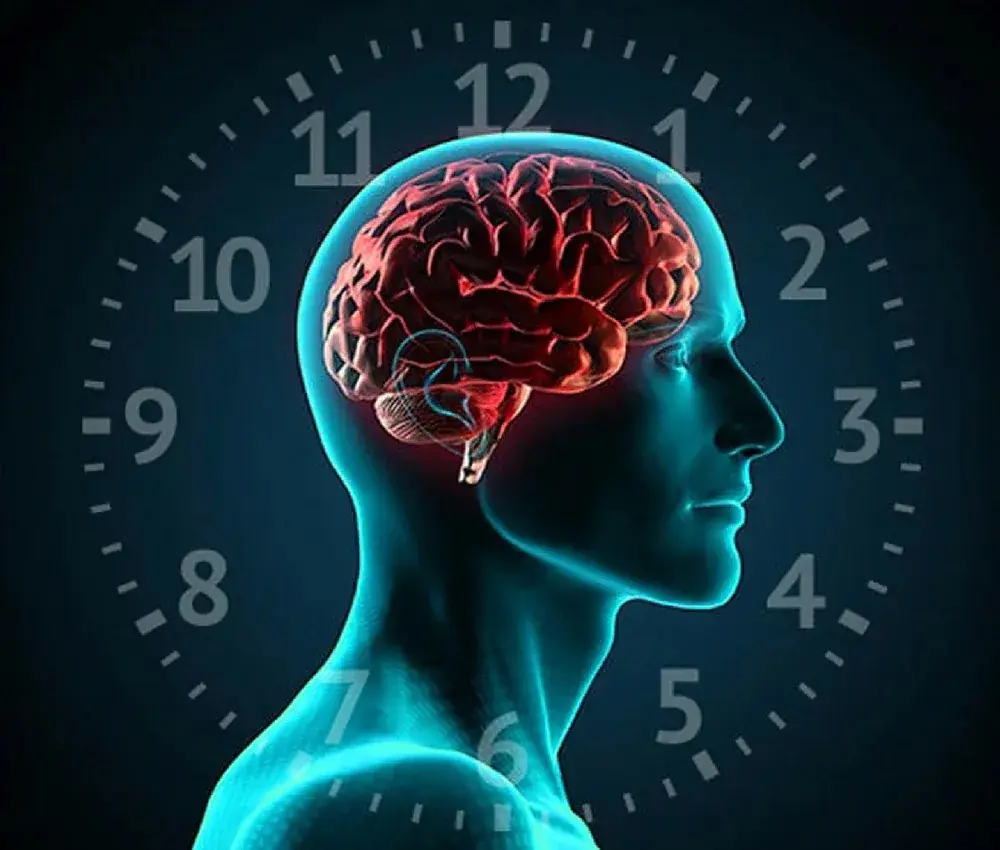
Signs of Stroke Everyone Should Know

5-Year-Old Girl Dies from Late-Stage Cancer — A Wake-Up Call for All Parents

If Your Tongue Is Yellow, Be Cautious of These 5 Diseases
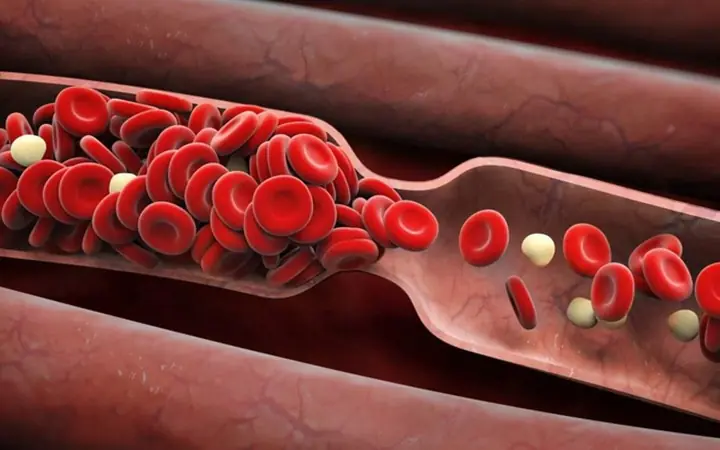
The Main Cause of Blood Clots Discovered – 10 Times Worse Than Fat!
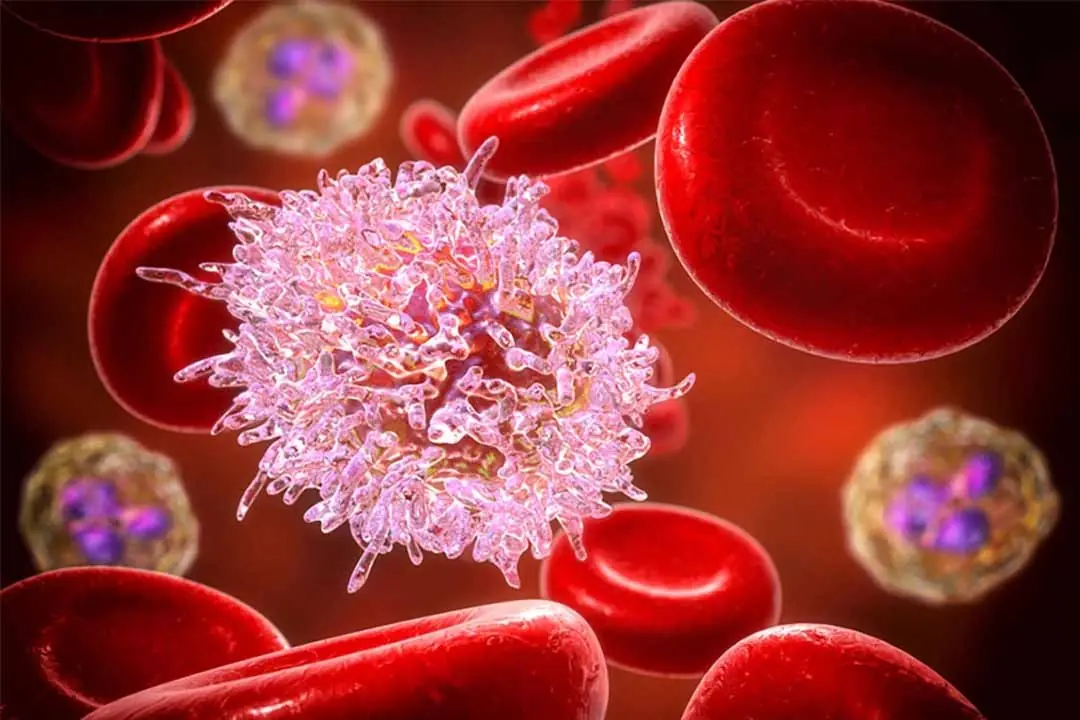
The Leading Cause of Liver Cancer Discovered – 10 Times Deadlier Than Alcohol and Tobacco: The Culprit is 'It
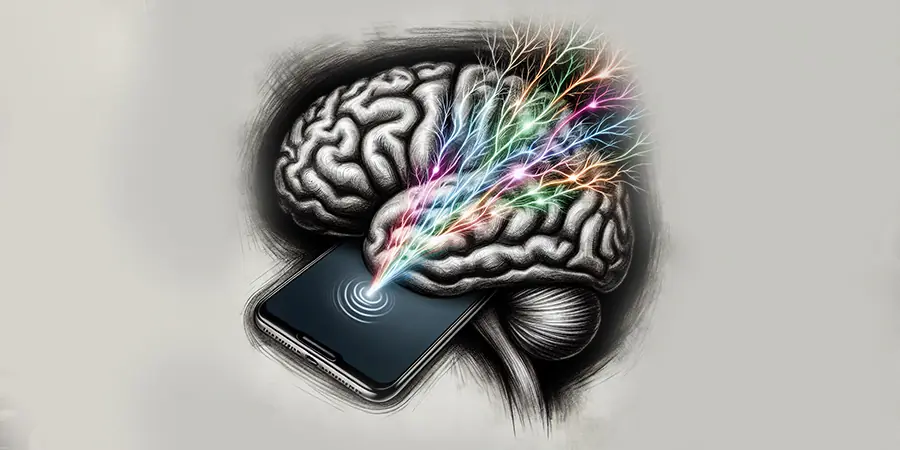
Unplug to Rewire: Just 72 Hours Without a Smartphone Can Change Your Brain
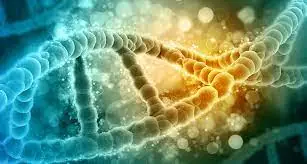
CRISPR Breakthrough: Scientists Successfully Remove Extra Chromosome in Down Syndrome Cells
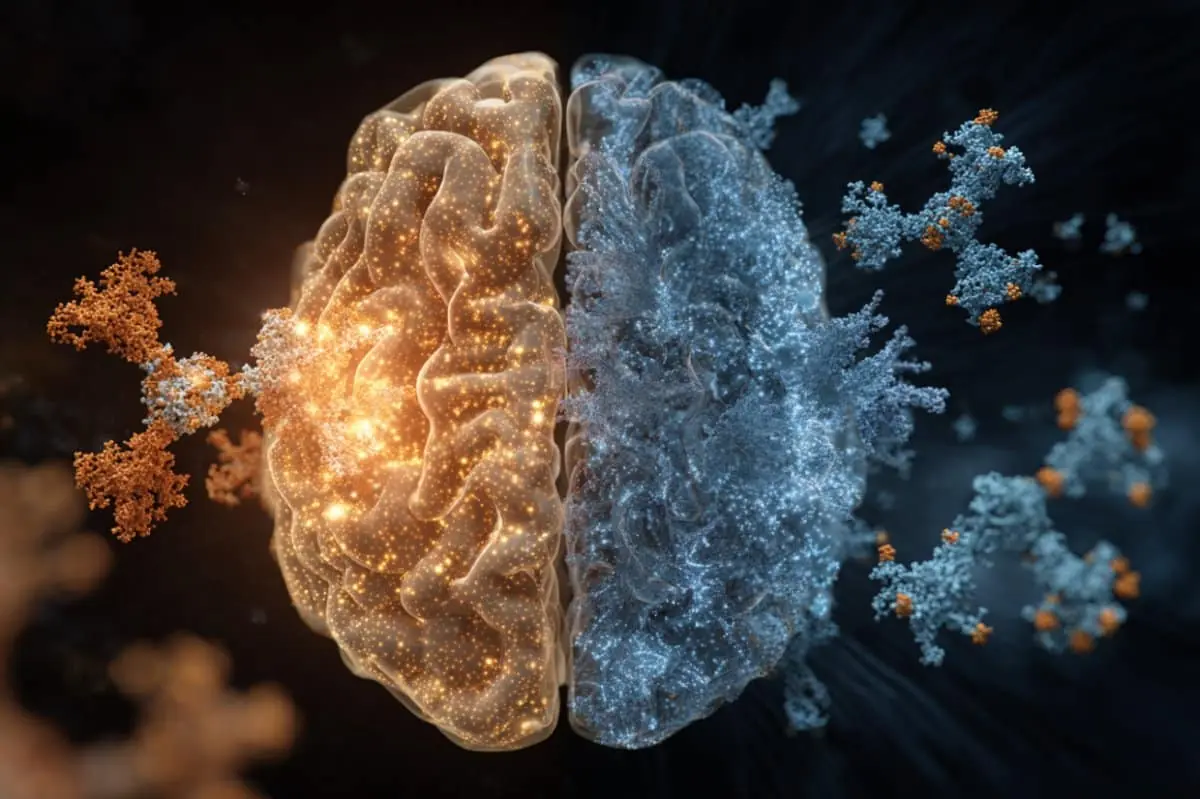
Alzheimer's Breakthrough: Key Protein Found in High Levels in Newborns, Offering Hope for New Treatments
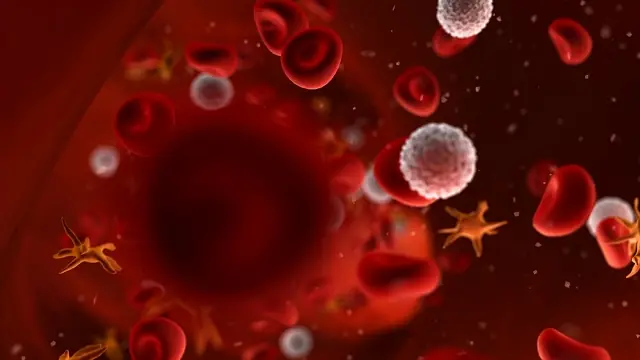
Trojan Horse Therapy: Scientists Engineer Virus to Make Tumors Self-Destruct

Walk Your Way to a Lower Cancer Risk: Just 7,000 Steps a Day Can Make a Difference

The Sunshine Vitamin's Secret Weapon: How Vitamin D Fights Colorectal Cancer
News Post

6 Early Cancer Warning Signs in Children: Parents Need to Know Early to Save Their Child

Prophet Who Predicted Covid-19 And Queen’s Death Foresees Chilling Future

Man Says Goodbye To His Wife As They Took Her Off Life Support, But Then She Utters 5 Words

Sister-in-Law Criticizes Our New Home—We Decided to Teach Her a Lesson She’ll Never Forget

AFTER LEAVING HIS WIFE PENNILESS, HE MET HER YEARS LATER—AND COULDN’T BELIEVE HIS EYES

3 Morning Symptoms of People with Undiagnosed Cancer: Especially Number 1

When Nighttime Leg Cramps Become a Concern

I FELL FOR MY DAUGHTER-IN-LAW’S GRUMPY NEIGHBOR—THANKSGIVING REVEALED THE SH0CKING TRUTH ABOUT OUR RELATIONSHIP
At 62, Margaret thought she'd found love with her daughter-in-law’s grumpy neighbor, Leo. But Thanksgiving exposed a sh0cking truth about their relationship, leading to a dramatic confrontation that changed everything.

THE MAN I JUST STARTED DATING INSISTED ON MEETING MY MOM — I NEVER EXPECTED WHAT HAPPENED NEXT
When Amanda introduced her new boyfriend to her mom, she thought it was just another dinner — but what happened at the front door changed everything. A surprising connection from the past turns an ordinary evening into something unforgettable.

MY FUTURE MOTHER-IN-LAW GAVE ME HER FAMILY JEWELRY — THEN REPORTED ME TO THE AUTHORITIES
When Katherine offered her future daughter-in-law a priceless piece of family jewelry as a wedding gift, everything seemed perfect. But two days later, the police were at her door — and Katherine was behind it. Read how one woman outsmarted a calculated

She Wanted Me Out of the Picture — I Gave Her a Choice That Changed Everything
When Jessica’s soon-to-be mother-in-law made it clear she wasn’t welcome, she decided to confront the situation with a bold plan. But what started as a test turned into a life-changing moment neither side expected. Read how a bold proposal turned into

My Sister Excluded My Son from Her Wedding After He Made Her Dress, but Still Expected to Wear It – We Gave Her One Condition to Keep It
I'm Helena, 40, and I've been raising my son Elias alone since my husband passed away when Elias was eight. I never imagined I’d one day have to protect him from the very family that should’ve supported him. It all began when my sister Clara broke his

My husband beat me and didn’t come to the maternity hospital; I got home on my own, shedding tears
Olya left the hospital with twins in her arms and hope in her heart—but home was not what she expected. What began with abandonment became a story of resilience, real love, and a family built from the ground up.

— You’re supposed to be a wife, not a guest! — my husband shouted when I refused to cook lunch for his family.
After five years of being overlooked in her own marriage, a seemingly ordinary Sunday lunch reveals to Nika that it’s time to reclaim her space and her voice.

When Love Isn’t Enough: A Sister’s Burden and a Mother’s Blame
Victoria always felt like the outsider in her family — now, as her mother asks her to support her "perfect" older sister, the past she tried to forget comes flooding back.

Missing Mom Eaten By Her Two Pet Wiener Dogs As She Lay Dead In Her Home

Nasa’s ‘Space Umbrella’ Launching Soon To Help Earth—Just Not With The Weather

Ancient Manuscript Suggests Jesus Married Mary Magdalene And Had Two Children
